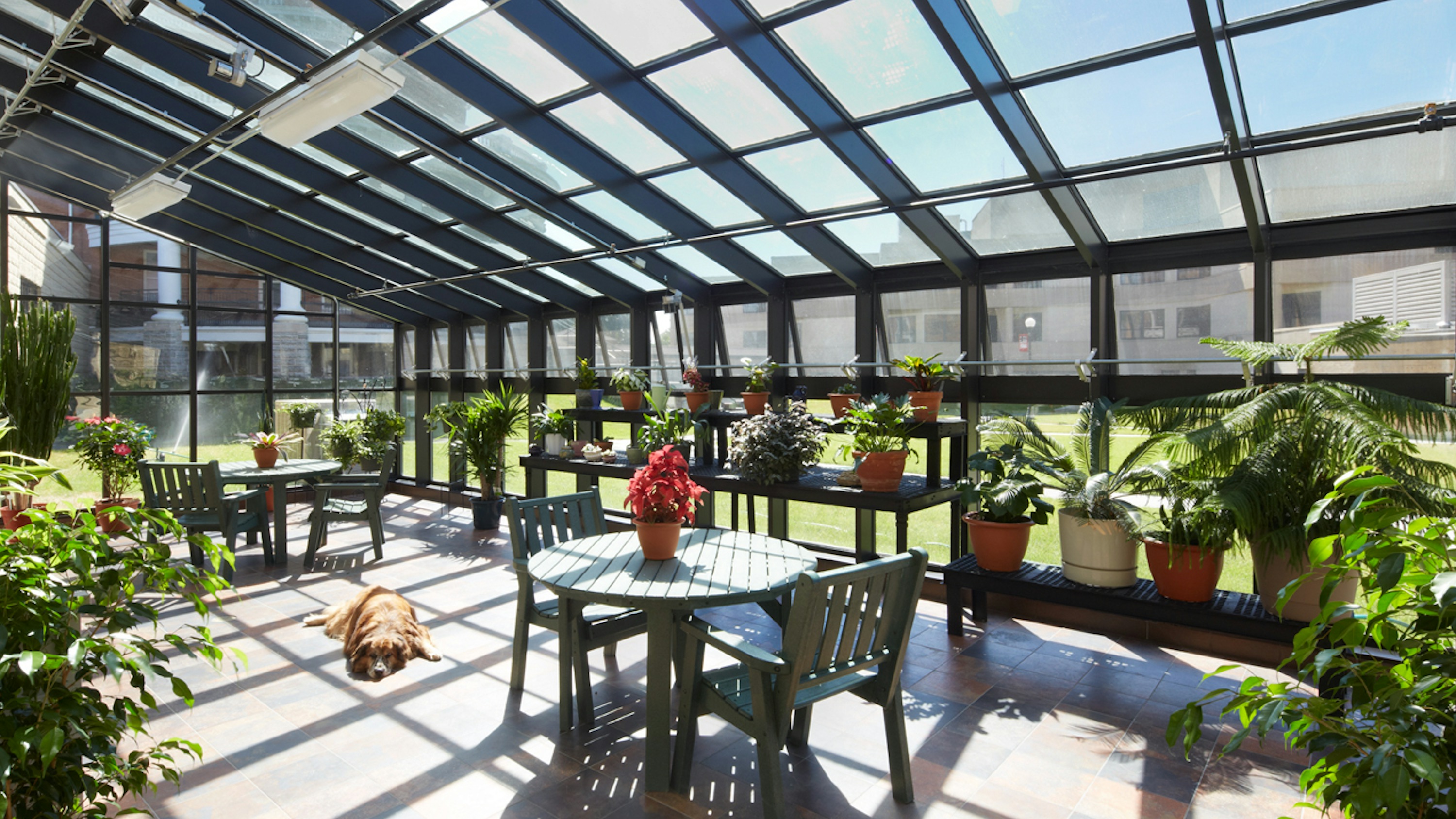
Sound is perceived as an average intensity, thus generally positive. Noise however, is perceived as a negative, and unwanted sound.
The acoustic environment provides the framework for sounds that are positive and wanted. The presence and connection to sounds from the outdoors is desirable during the daytime, and can help alleviate stress. Some examples of this are:
Our subconscious minds will determine whether a sound is known or unknown and recognize it as either pleasant or annoying, and possibly even
dangerous. Research has concluded that noise causes stress, lowers productivity, and increases mental fatigue (1). Therefore, the reduction of noise can help
reduce stress levels. Our firm designs environments to offset noises and increase sounds through the layout of the space, the finishes used, and purposeful wall assembly and ceiling design.

